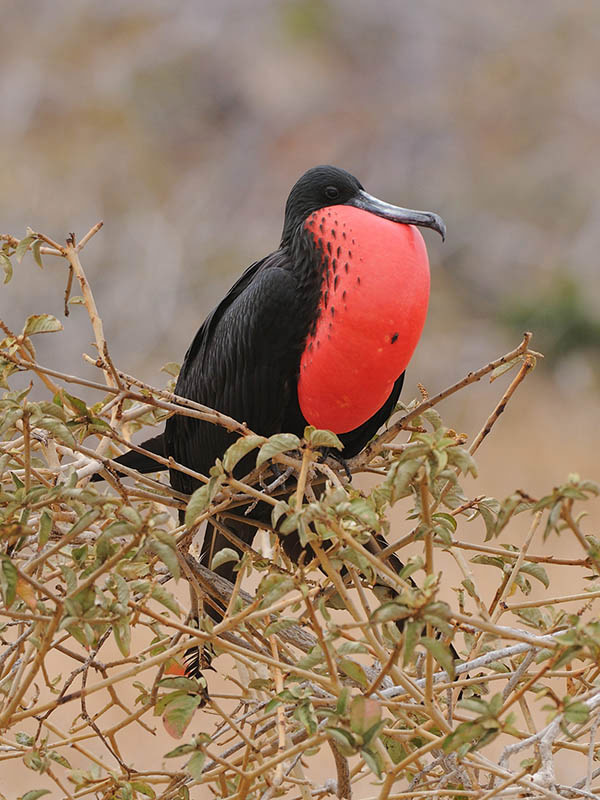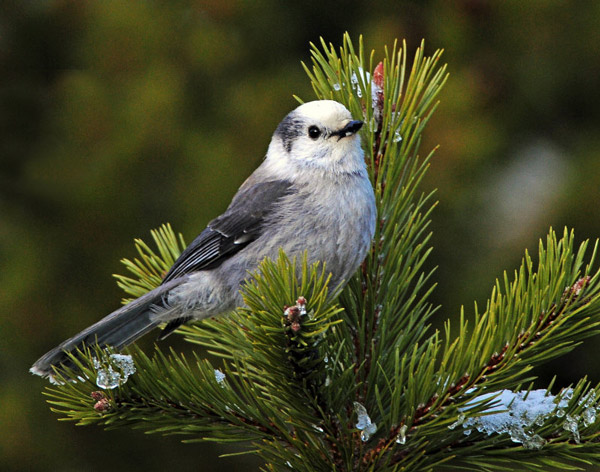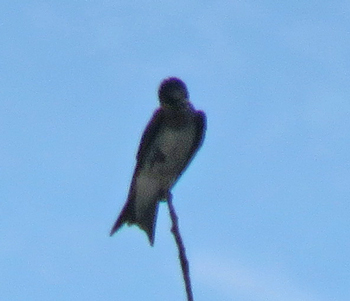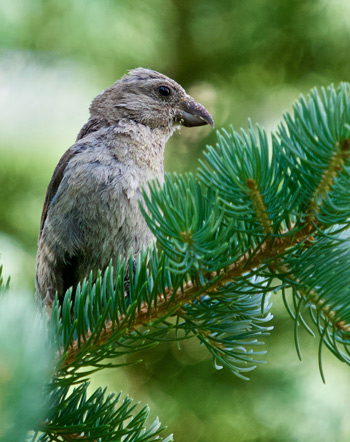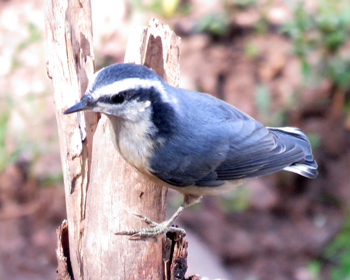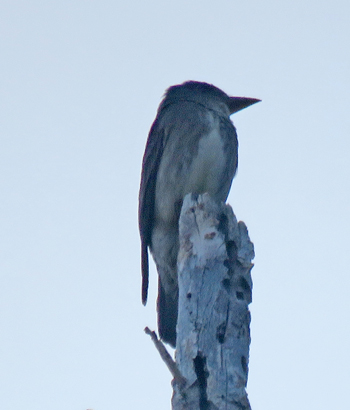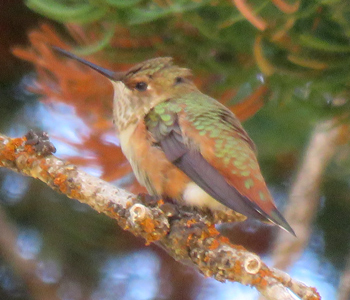Utah County Birders
Newsletter
|
|||||||||||||||||||||||||||||||||||||||||
 |
Contents
Monthly Meeting
Upcoming Field Trips
Captain's Log
Bird of the Month
Field Trip Reports
Thursday, August 9th at 7 PM -- Summer Picnic at Rock Canyon Park, in Provo
The picnic will be Potluck. (Cups, plates, utensils and water will be provided). We will be in one of the pavilions on the north end of the park near the water tanks (The park address is 2620 North 1200 East, in Provo -- NOT the trailhead at the mouth of Rock Canyon).
MIRROR LAKE HWY field trip
Friday August 24, 2018 6:30 am.
Meet at Harmons grocery store in Orem on 800 N on the west side of the gas
pumps. Pack a lunch. If you have a National Park pass (America the
Beautiful pass or a Senior Pass) please bring it. There is a fee to enter.
We are actively recruiting people to lead local half-day field
trips, any time, any place. If you would like to lead a field trip or if you
have any ideas for this year’s field trips, please contact Suzi Holt at -
suzerqholt@gmail.com
Utah County Birders
Captain’s Log: (Reprinted
from July 2016)
by Keeli Marvel
|
August
is upon us! The days are long and hot, and it’s time to head to the
mountains. I read an article recently about a study that was done on great frigatebird flight using satellite transmitters and body function telemetry data and it reminded me of the Magnificent Frigatebird that graced southern Utah with its’ presence a few springs ago. In the study, they discovered that great frigatebirds fly up to 12,000 ft. above sea level and they do it expending very little energy by using thermals or updrafts inside clouds. What was cool to me is they’re literally hitching a ride on the clouds and they’re one of the only bird species known to do it. Using those thermals helps them save energy, to the point where one bird in the study flew 40 miles without a single wing flap. That’s incredible! Frigatebirds aren’t waterproof like many ocean birds, so they can’t actually land on the ocean. They’ve adapted instead by taking flight efficiency to the max.
The study also showed that they can fly for weeks continuously – up to two
months in one case—and average around 300 miles a day. With those numbers
it’s not hard to see how one wrong turn could put a Magnificent Frigatebird
on our doorstop. I wonder if the day after he left he was down having fish
tacos in Baja California and reminiscing about his vacation in Southern
Utah. |
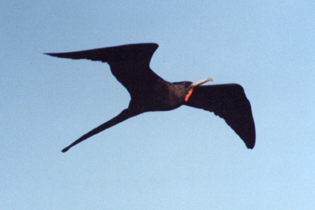 by Marvis Colette |
|
|
|
||
|
|
|
Canada Jay,
Once Known As a Gray Jay
Say goodbye to Gray
Jays. They will disappear this month because of politics rather than from
physical extinction although that is always a possibility since their
numbers are dwindling due to habitat losses. |
|
|
|
by Paul Higgins |
|
This bird’s unofficial names or nicknames are
interesting. These jays adapt to human activity in their territories and
are known to approach humans for food, inspiring nicknames such as “camp
robber” and “venison-hawk.” The Canada Jay is a passerine bird of the family Corvidae. This large songbird is slightly smaller than Clark’s Nutcracker (with which beginning birders confuse as being a Canada Jay) and about the same size as a Steller’s Jay. It resembles a large chickadee. The bird has a large head, small black bill, and a robust body. It perches upright atop spruce trees and except for the bill, seems very raptorlike. Adults are gray and Rocky Mountain species have a pale head. While widespread, they are not an easy-to-find bird. My personal success in Utah has largely been in the Mirror Lake area of the Uinta Mountains. They are found in various kinds of coniferous and mixed forest, but rarely occur where there are no spruce trees. If you have difficulty in identifying a spruce tree, use the Boy Scout method for identifying them—the “s” in spruce helps recall that these trees have square and stiff needles. Incidentally, you can use “f” for fir trees because their needles are flat and flexible. Pete Dunne warns that Canada Jays occur in the same range and habitat as bears. You may want to avoid pishing for this bird since you may get a bear to respond. Additionally, Mr. Dunne says the bird does not respond quickly to pishing but does to Northern Saw-whet Owl imitations. The Canada Jay is a “scatterhoarder,” caching thousands of food items throughout the year but especially during the summer and recovering them from memory for use the following winter. The bird’s sticky saliva helps it stick pieces of food in bark crevices and other spots. I like Canada Jays for various reasons—their mountain habitat, their friendliness allowing close observations, and their beauty. |
|
Sources: Alderfer, Jonathan. National Geographic Complete Birds of North America (Washington, DC: National Geographic Society, 2006). Dunne, Pete. Pete Dunne’s Essential Field Guide Companion (New York: Houghton Mifflin Company, 2006). “The Ever-Changing North American Checklist,” Birdwatching, July/August, Vol. 32. No.4, 2018. |
Click here for past 'Birds of the Month'.
|
|
|
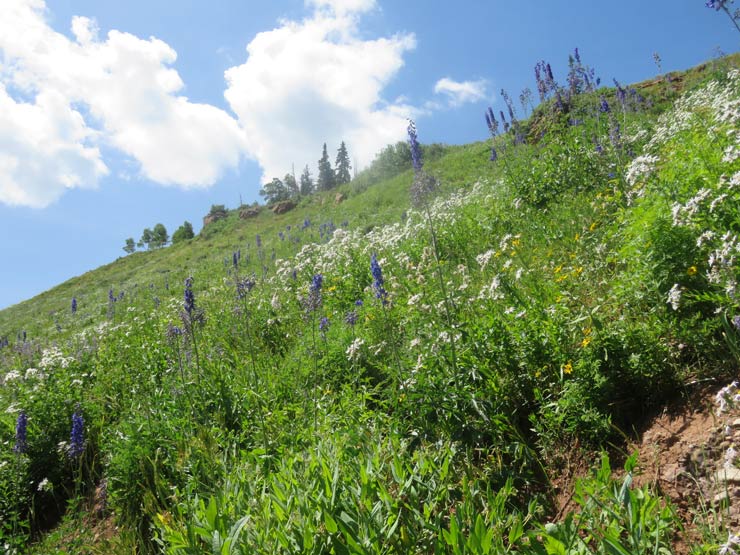 |
|
| We had a wonderful trip up the Nebo Scenic Loop today. We stopped by the Purple Martin Colony and got great looks and a flyby of a few Purple Martins, saw Mountain Bluebirds, Chipping Sparrows, Cedar Waxwing, Violet-crowned Swallows and Black-headed Grosbeaks, American Kestral, and Cassin's Finches. |
|
| From there we made our way to the water trough at Nebo Bench. We hung out there for about a hour watching tons of Pine Siskins, Red-breasted Nuthatch, Mountain Chickadee and Dark-eyed Junco babies. We had a surprise visit from a male and female Red Crossbill. we also saw Chipping Sparrows, White-crowned Sparrows, Flicker, and Red-naped Sapsucker, We heard Downy Woodpeckers, Ruby-crowned Kinglet and Western Wood Pewees. | |
|
|
|
|
It was a great morning!, but we were on a hunt for a American Three-toed Woodpecker! We went to the Trailhead where multiple birders have seen a pair in the last few weeks. We patiently sat waiting and waiting. We saw Broad-tailed Hummers, Mountain Bluebirds, Red-tailed Hawks, another Flicker, more Pine Siskins and Cassin's Finches. No luck on the Woodpecker! |
|
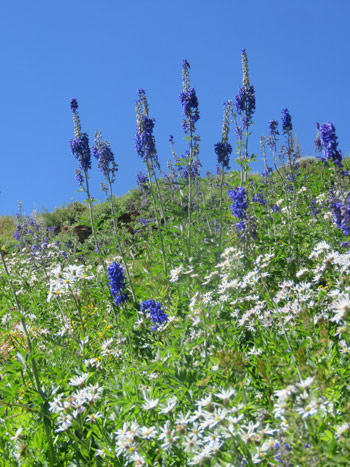 |
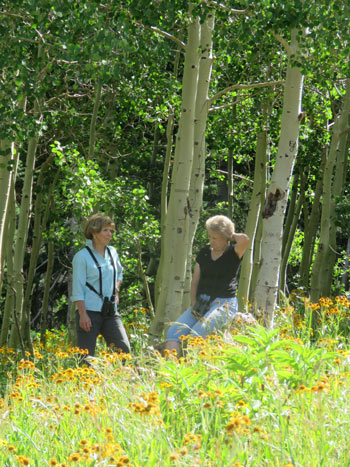 |
|
|
From there a few of us continued down Mona Pole Road to find a Olive-sided Flycatcher and Cordilleran Flycatcher. We got the Olive-sided and happen on to some Rufous Hummingbirds but no luck on the Cordilleran. It was a fun day and the wildflowers were phenomenal. Thanks to all who joined with us! |
|
|
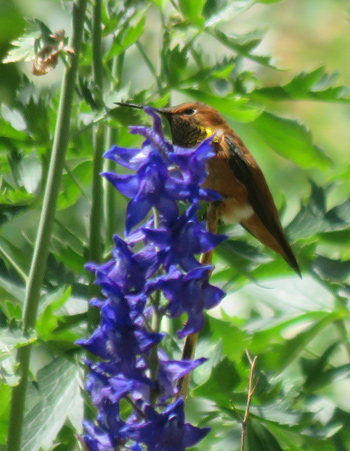 |
|
Rufous Hummingbird on a Larkspur |
|
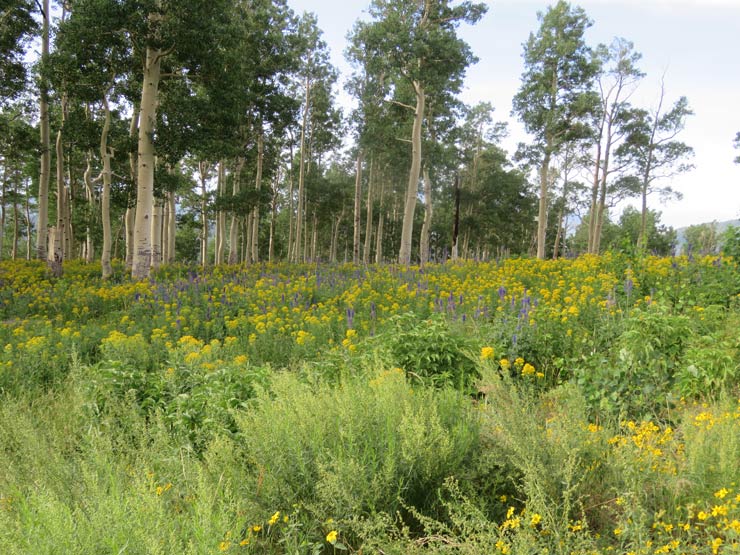 |
|
